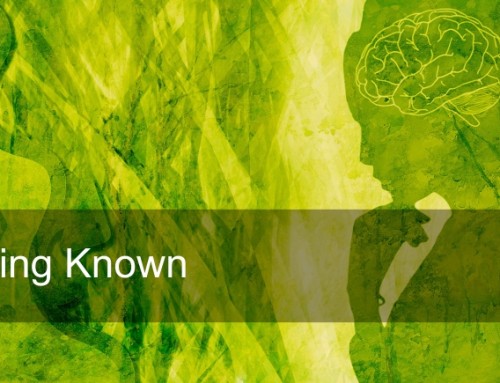understand the challenge. You are a leader who has a dream for something big but, somehow, the movement towards your vision is slower than you had hoped it would be. Perhaps there is no movement toward your vision. Maybe you’re even moving backwards. If you’re like most leaders, it’s not because of a lack of desire for achieving the vision. You are committed to your dream and working hard but you’re stuck. And so are those who are looking to you for leadership. What can you do?
Throughout our lives, each of us have likely experienced the life-changing, positive influence of a masterful leader who helped us see and recognize the wondrous possibilities and helped us achieve them. Unfortunately, each of us has also likely been a witness to the painful, crippling, or even dangerous effects of ineffective leadership. There is hope! While it is true that some people are born with the makings of a great leader, all of us can learn to lead with effectiveness and passion by simply understanding the actions and artistry that is consistently demonstrated by great leaders.
The Actions of Great Leaders
Great leaders do the right thing. They take the right leadership actions. However, one of the challenges of becoming a great leader is the fact that leadership is difficult to define. How can we be great leaders if we’re not able to accurately define what we are trying to become? For this reason, as a starting point, let’s get clear about what it means to be a leader. This can be a challenging topic to get our heads around because everyone has their own definition of leadership. So, let’s begin by agreeing on a clear, concise, and easy-to-understand definition of ‘leadership.’ Inspired by Peter Northouse, here’s the definition of leadership that resonates most with me:
Leadership is the act of influencing a group of people to achieve a common vision bigger than themselves.
That is leadership defined. It is pretty straightforward, isn’t it? It may not be easy to accomplish, but the concept is simple. Great leaders possess the ability to engage in the act of influencing people to work together to achieve a common vision and goal that is bigger than what they could have accomplished alone. This definition has several key components. Let’s explore each component:
- Act of influencing. The first part of our definition of leadership is that it is “the act of influencing.” Influence is the behavior or state of being that motivates and enables yourself or others to take action. Notice that the words ‘force’ or ‘power’ are absent from the definition of influence. Great leaders do not rely on forcefulness or the exertion of power over others to move towards a vision or desired outcome. Instead, they have a way of being and behaving that causes others to want to take a particular action. This is a crucial part of leadership. Without the ability to positively influence, we will not be effective leaders.
- A group of people. We are all part of a community of people that has the potential to do great things. Therefore, as leaders our goal is to influence people. First, we must identify who we hope to influence. If you are a formal leader in an organization, you likely lead a team or organization of people. If you are fortunate, you had the opportunity to select at least some of the people who make up this group. If you selected your team members, you likely identified and selected the individuals who possessed a certain type of knowledge, skillset, or capabilities. Great leaders ensure they have the right people in the group to realize the vision or accomplish the desired goal. Even if you hope to be an informal leader, you will want to be clear about who you are hoping to influence.
- A common vision. If you hope to influence people to achieve something great, you and the people you are influencing need to be crystal clear about what you are trying to achieve. Notice the definition contains the words “common vision.” To effectively lead and influence others, we must clearly articulate the vision we are trying to accomplish. In addition, that vision must be one that we all share. This is why defining a common, engaging vision is critically important to leadership.
This definition provides us with the framework of leadership; the actions we take to lead others. Regardless of the leadership context (for example, the leader, the group being led, or the desired outcome), this framework defines what behavior or actions must occur in leadership. Whether the leader is the president of a successful organization or president of the local PTA, this definition defines the actions the leader will need to take. However, each leader lives these actions of leadership in a different way.
In my next post, I will define the “artistry” of great leaders and I will share some practical steps you can take to become an even greater leader.








Leave A Comment